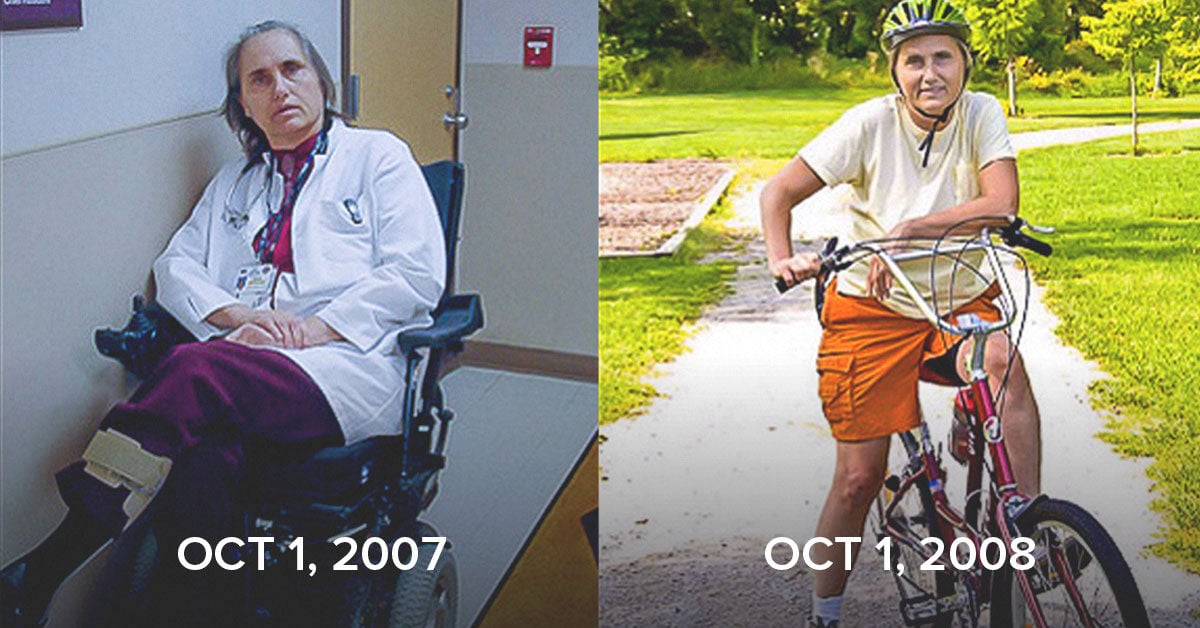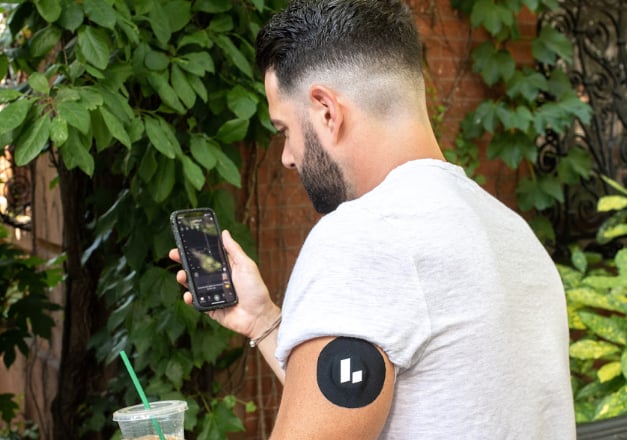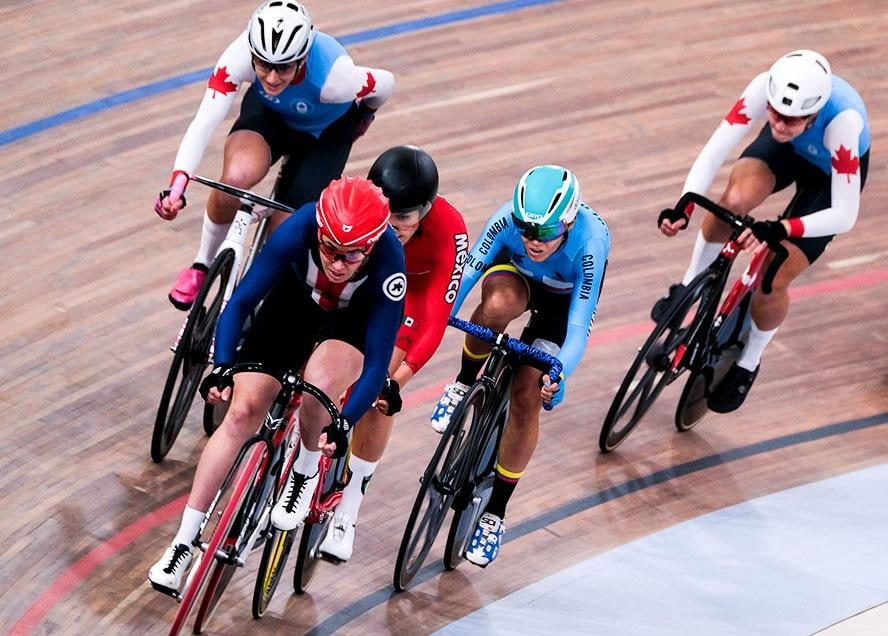When Dr. Anjali Dsouza, founder of The District Center for Functional Medicine, started a Metabolic Wellness Group for minority women, it was an immediate success. Since her first group in 2020, she’s run five more. “I’m specifically interested in helping women optimize their health, especially for the busy woman who has lots of things on her plate,” she says. In addition, she aims to help women understand how their hormones factor into their health and how they feel—and how to hack their habits accordingly.
Earlier this year, Dr. Dsouza kicked off a 12-week program where each woman wore a CGM and used Levels. The group met weekly to discuss foundational topics in metabolic health, including food and nutrition, sleep, mindset, and exercise.
At the end of the program, Dr. Dsouza and a few of her members convened to talk to Levels about their experience participating in a metabolic group and how CGM data helped them tweak their diet, feel more in control—and one runner even switched up how she fueled for an ultramarathon. This is a portion of their discussion, edited for length and clarity.
On why the Metabolic Wellness Group wanted to use CGMs
Dr. Dsouza: the Levels program delivered an additional tool to make this more individualized and remove some of the shame and judgment around food to make it a curious, fun experiment.
Marigny: I’ve been working with Dr. Dsouza for years, initially on gut and microbiome issues. We’ve adjusted my diet and worked on sleep, so I feel like I came to this group with many tools in my toolbox. But I did come into the group postpartum. I had my first child in the last year, and it threw me for a loop. I knew I had all of these tools, but I needed something extra to get back to feeling more at home in my body.
I already had a pretty good template for how to eat. Seeing the data from Levels helped me understand, for example, that a particular meal is not so great, but if I walk ahead of time, I can have that meal.
Overall, using Levels provided a manageable and data-driven way to change my habits to see postpartum weight loss. It was that extra nudge that I needed to help me stay in that target range.
Learn more:
On the diet changes they made using CGM data
Marigny: When I felt tired, I noticed that I had some higher spikes, and I would stay at this higher level. When I was more well-rested, it was easier on my body to stay in that good spot.
I began putting apple cider vinegar in my water consistently ahead of meals. It helps that I like the taste of it. I had been drinking oat milk, which made me pretty spikey, so I switched to almond milk. A café that I thought was serving me unsweetened almond milk was not—and I switched cafés.
One of my favorite takeout meals is green curry. In my head, when I make green curry, it’s not sweetened and mostly has vegetables, coconut milk, and green curry. Using Levels, I realized I could not order this take-out. If I go out, I’ve learned to make behavioral changes, such as walking to and from the restaurant, to help my blood sugar stay in range.
Kathy: I’ve been wearing my CGM for two months, and my goal is to continue for six months. I want to get to the point where I have a lot of nuances in how my body responds and have those habits very clearly set.
I came to Dr. Dsouza on a pretty healthy diet. I’m celiac, so I didn’t eat tons of carbohydrates, and I don’t drink. I had a healthy lifestyle, but it was amazing to see how my body reacted to things I thought were good for me. For instance, I would have a sweet green salad with wild rice and sweet potatoes and see a big, unexpected spike. That was an easy fix. I just don’t get that anymore.
On the—sometimes surprising—lifestyle factors that affected their blood sugar response
Kathy: The thing that I’ve noticed is heat. One of my conference rooms gets warm when the door is shut. I had to do a live interview with a congressman, and it was pretty stressful. Despite it being hours after I last ate, my glucose ticked into the 150s, which is very unusual for me. I’ve also noticed this spike when I’m outside or if I don’t have the air conditioning on in my house—there is a big difference in my glucose levels.
Kate: I came to Dr. Dsouza because I was embarking on a pretty ambitious fitness goal. I ran an ultramarathon about a month ago.
To have a broader sense of data and be in tune with what’s going on with my nutrition, sleep, and stress while trying to level up my fitness has been really helpful. I work a job where my schedule is erratic. We may work three 15-hour days in a row and then have a dramatic schedule change. I would therefore have these energy spikes but not be supporting them nutritionally. Working with Dr. Dsouza helped me realize that I may not control my schedule, but I have control over my nutrition.
If my blood sugar is already going up because I didn’t sleep much and am under a lot of stress, I should probably not eat the treat that someone brought in. I know I need to keep my blood sugar pretty consistent. I should eat those walnuts that I brought in.
It has been a noticeable difference. It’s been the steadiest season for me regarding my sleep and energy.
On how the CGM data changed exercise fueling
Kate: I realized that I couldn’t eat those energy chews. They’re candy, and I need to find something more well-rounded to get in the calories, macros, and salts necessary during exercise. It’s so good to be able to see this on the CGM. I’ll take the failure and see the spike, feel it, and know that’s what did it because then I have this information.
On race day during my ultramarathon, I mostly stayed away from carbs. I had been in the habit of eating these high-protein, high-fat nourishing foods. I didn’t feel depleted.
I was wearing the CGM when I did my ultramarathon. My blood sugar was higher than normal, and I had a tiny spike from some watermelon I ate at an aid station. Otherwise, there were just these little undulations in my glucose.
On how connecting through their private Facebook group and Zoom calls helped them use the CGM data more effectively
Kate: It was beneficial for me because I was in a very specific space when I was wearing the CGM. It was interesting to understand the struggles that other people were having. Because when my blood sugar would spike by eating a particular food or activity, that’s not the case for everyone. Learning from other people’s workarounds or sequencing of meals provided more information for me to try. Without that, I only have my body to learn from.
Marigny: Kate, you had mentioned your egg and avocado breakfast, and I had never thought of having a scooped avocado with my eggs. I tried it, and it turned into one of my template meals while I was on keto because it was so delightful.
Kathy: For me, my glucose dips when I exercise intensely. In the beginning, it was a bit disconcerting, and I didn’t know if there was something wrong. Then, other people had the same experience, and I knew it was okay to just go with it.
Marigny: I also appreciated being in a group of women of all ages going through different hormonal fluxes. Learning to use meals to manage that was very empowering.
Dr. Dsouza: One of my passions is helping women feel empowered around changes in their hormones. There’s value in understanding there’s a connection in metabolic health, and if you notice your glucose is going higher in your luteal phase, it may not be that you ate anything wrong; it might be your progesterone that’s doing that. Even knowing those little things can be helpful so that there’s no shame or a belief that there’s something wrong. Physiology can drive some of this, as well.
One of the things you would often say, Marigny, is that “we’re in this season.” This is the season for xyz, and you can work with what data you have. It’s not that you have to fix something right now, but recognize that there’s a spectrum, and you try to do what you can. I think that’s amazing.










